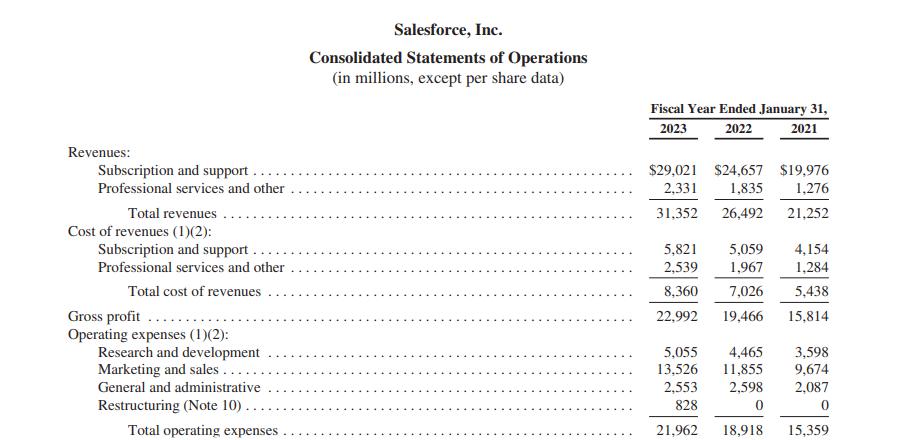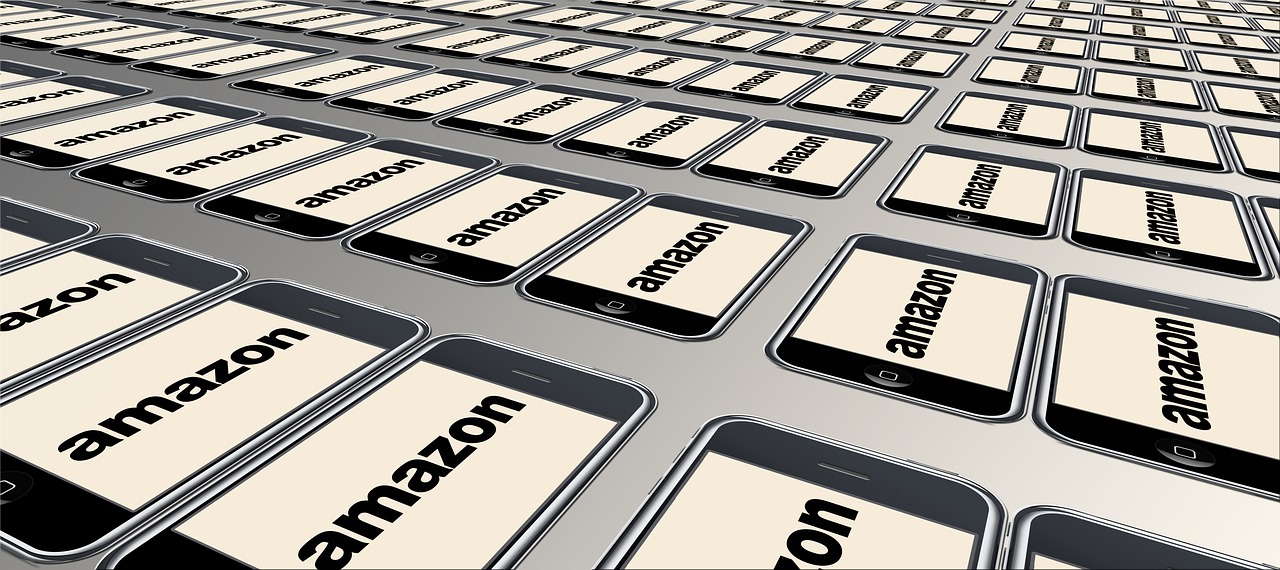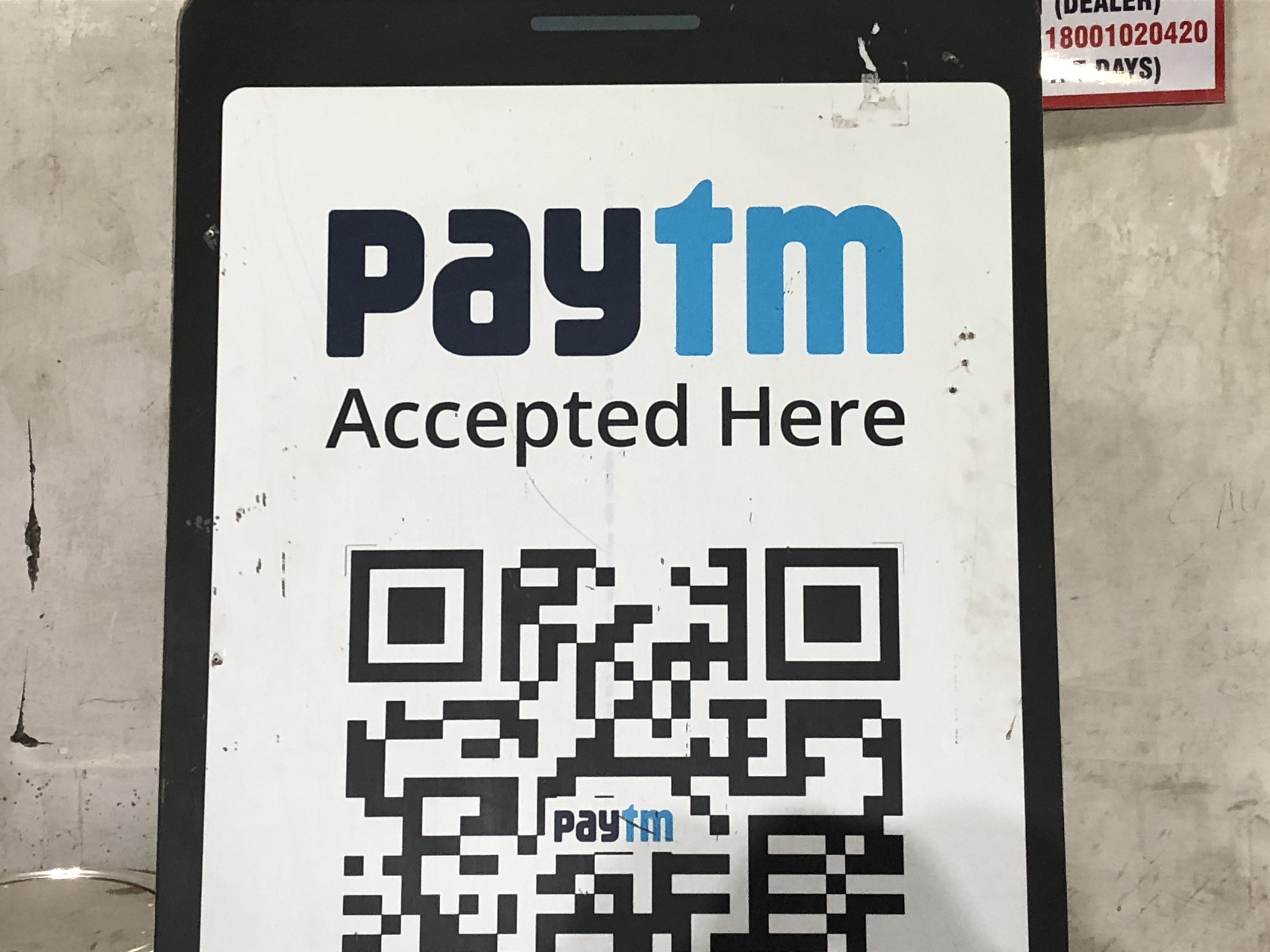Company: Salesforce, Inc.
Subsidiary: Tableau, Slack, MuleSoft, Heroku, Salesforce.org
CEO: Marc Benioff
Founders: Marc Benioff, Parker Harris, Frank Dominguez, Dave Moellenhoff
Year founded: 1999
Headquarter: San Francisco
Type: Public
Ticker Symbol: CRM
Annual Revenue(2023): $31.4 Billion
Profit |Net income (2023): $208 Million
Products & Services: Sales Cloud | Marketing Cloud | Slack | Service Cloud | Analytics Cloud | Salesforce Platform | Industry Cloud.
Competitors: Microsoft | Oracle | SAP | Zoho | HubSpot | Sage | Zendesk | Freshsales | SugarCRM.
Introduction to Salesforce, Inc.
Salesforce is a technology company that helps other firms manage their customer relationships efficiently. In Salesforce’s words, it “…is the customer company.”
Every business has large volumes of customer data. If this data is effectively used, it can help service clients efficiently, aid in resolving complaints, and boost marketing efforts by generating repeat business. Salesforce helps businesses do all this.
Salesforce started operations in 1999 when Marc Benioff and three of his co-founders got together in a San Francisco apartment and developed a customer relationship management (CRM) system that was different from the others in the market. The CRM’s unique feature was that it would be hosted on the Internet, and users would need to access it through a subscription plan.
The software as a service (SaaS) business model was born.
Salesforce is the company that popularized the SaaS business model. Its famous tagline from February 2000– “The End of Software”—is now part of technology and marketing folklore.
Salesforce Business Model Canvas
1. Value Propositions of Salesforce
- Best-in-class CRM
- Innovator (first to launch SaaS)
- Subscription service (low initial investment by customer)
- Cloud-based (easily scalable)
When a company thinks about buying CRM software, Salesforce is the first name that comes to mind. It is the undisputed market leader and has been ranked the #1 CRM provider by the International Data Corporation, a tech media, data, and marketing services company. [1]
When new customers sign up for Salesforce, they do not need to invest large sums to buy a software package. Instead, Salesforce’s pay-as-you-go plan presents an economical option. Scaling up is easy, as new users can be added by paying additional fees.
2. Customer Segments of Salesforce
- Big business
- Small and medium enterprises
- Manufacturing companies
- Financial services
- Professional services
Salesforce has a stranglehold over the global CRM market. A staggering 90% of Fortune 500 companies use it. Additionally, about 150,000 small and medium enterprises are Salesforce customers. [2] [3]
Salesforce products are highly popular with:
- Manufacturing companies
- Retail
- Insurance
- Banking
- Financial services
3. Customer Relationships of Salesforce
- Customizable software
- Software integrates with social media, Gmail, Microsoft Outlook
- Customized CRM for various industries
- Salesforce AppExchange makes different Salesforce apps available
A large share of Salesforce’s business comes from Fortune 500 companies. These customers require a high degree of personalization. According to Salesforce data, 86% of customers say personalization plays a role in purchasing Salesforce products. The company prides itself on having an open ecosystem and allowing its product to be tweaked to meet the needs of its customers. [4]
As sales reps spend a lot of time on email, Salesforce has provided an innovative feature in its CRM. Salesforce CRM records are integrated with Outlook and Gmail. Consequently, sales reps can access, edit, and update Salesforce records directly from their email accounts.
4. Channels of Salesforce
- Sales Team
- Self-service portal
- Word-of-mouth
- Dreamforce (yearly four-day conference)
- Content marketing
- Social media
The company has a massive marketing budget. In FY 23, the company spent over $13.5 Billion on marketing and sales. [5]
The Salesforce Service Cloud is an industry-leading customer self-service portal. It provides users with AI-powered bots, intelligent knowledge management, and a powerful search engine.
Salesforce benefits immensely from word-of-mouth marketing. About 90% of the Fortune 500 are its customers. Over and above that, another 150,000 small business enterprises use its software.
Dreamforce, the annual Salesforce conference, brings the global Salesforce community together in a four-day mega event. People have a choice to attend in-person or online.
5. Key Partners of Salesforce
- Third-party app builders for the Salesforce cloud marketplace
- Consultants who help Salesforce customers with Salesforce products
- Web hosting companies
One of the most significant benefits available to Salesforce customers is access to the AppExchange, a marketplace offering apps and consulting services. At last count, the AppExchange had more than 7,000 apps. New customers can learn to use AppExchange by accessing Trailhead, Salesforce’s free online learning platform. [6]
The AppExchange is a tremendous asset for Salesforce as well. It provides the company with a moat that other CRM providers find hard to compete with.
Efficient data centers are a vital component of Salesforce CRM. Although the company has its own data centers, it also uses Amazon Web Services in Australia, Canada, and the US.
6. Key Activities of Salesforce
- Developing customer relationship management software
- Developing and maintaining cloud infrastructure
- CRM for sales teams
- Service Cloud (customer service tools)
Salesforce is widely acknowledged as the market leader in CRM software. The company has developed Customer 360, an integrated platform that connects the complete portfolio of Salesforce products. Using Customer 360, subscribers can link marketing, sales, service, IT, and data, allowing people across the organization to connect through a single platform. Seamless connectivity is achieved through Einstein 1, a platform that utilizes predictive and generative AI. [7]

Image credit: customer360
Another critical area of specialization–Service Cloud–allows users to automate service processes and help service customer service agents access the appropriate resources.
7. Key Resources of Salesforce
- Cloud-based software
- Subscription model
- Trailhead (Salesforce’s free online learning platform)
- Flexibility of the CRM platform
Salesforce’s cloud-based software makes it accessible from any device with an internet connection.
The subscription model provides customers with a top-of-the-line CRM at a minimal initial investment.
Trailhead, Salesforce’s online learning platform, allows users to learn Salesforce skills free of cost.
8. Cost Structure of Salesforce
- Research and development
- Marketing and sales
Two of the biggest expenses for Salesforce are:
- Research and development costs
- Marketing and sales costs
The following extract from the company’s Consolidated Statement of Operations for FY23 shows how much Salesforce spends on these two line items:

Image credit: FY23 Annual Report
The company’s annual research and development expenses of $5.06 Billion go primarily towards salaries, stock-based compensation, and overheads. Marketing and sales costs are $13.53 Billion in FY23. A large portion of these is for salaries, commissions, stock-based compensation, and marketing programs.
9. Revenue Streams of Salesforce
Revenue Streams
| Sales: | $6,831 Million |
| Service: | $7,369 Million |
| Platform and other: | $5,967 Million |
| Marketing and Commerce: | $4,516 Million |
| Data: | $4,338 Million |
| Professional services and other: | $2,331 Million |
Salesforce had bought messaging app Slack in a high-profile transaction in FY23. Revenues from the Slack acquisition form part of the “Platform and other” segment reflected above.
The bulk of the company’s Revenue is from the Americas ($21,250 Million). Europe ($7,163 Million) and the Asia Pacific ($2,939 Million) make up the rest.
Final Word
Marc Benioff and Salesforce played a central role in ushering in the SaaS revolution. Today, many large tech companies, including giants like Microsoft and Google, provide subscription-based services. But you should remember that Salesforce pushed SaaS to center stage. Fortunately, the company’s innovative streak continues. Salesforce remains ahead of the tech curve and has been going from strength to strength for the last two decades. Everything points to this trend continuing.
References & more information
- Salesforce Ranked #1 CRM Provider for 10th Consecutive Year. Salesforce
- McKinsey & Company. New McKinsey solutions to deliver more personalized value with Salesforce. McKinsey & Co
- Deliver trusted AI with the world’s #1 CRM. Salesforce
- Salesforce makes it easy to fully customise your CRM solution. Salesforce
- FY23 Annual Report Delivering Customer Magic. Salesforce
- Salesforce appexchange. What is the APPEXCHANGE?. Salesforce
- Customer360 Now everyone’s an Einstein. Salesforce
- Featured Image by Robbie
Tell us what you think? Did you find this article interesting? Share your thoughts and experiences in the comments section below.












Add comment